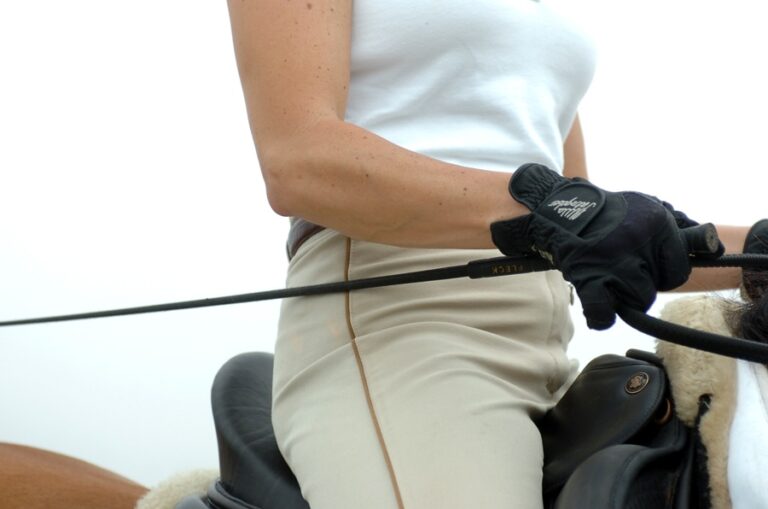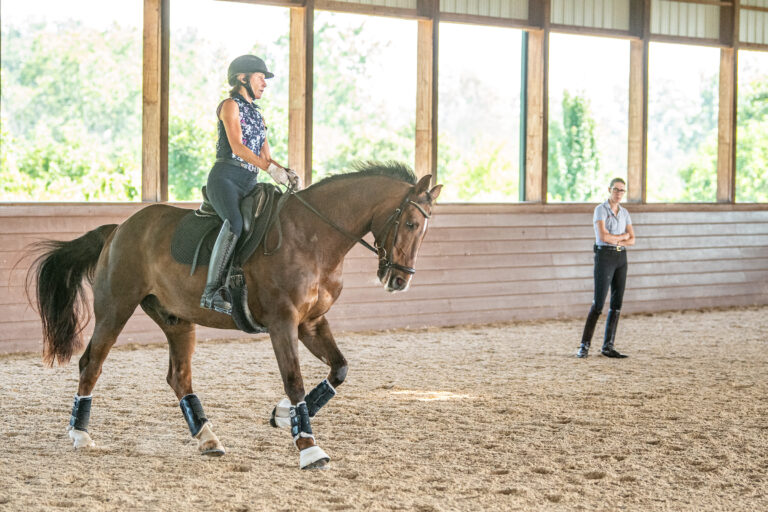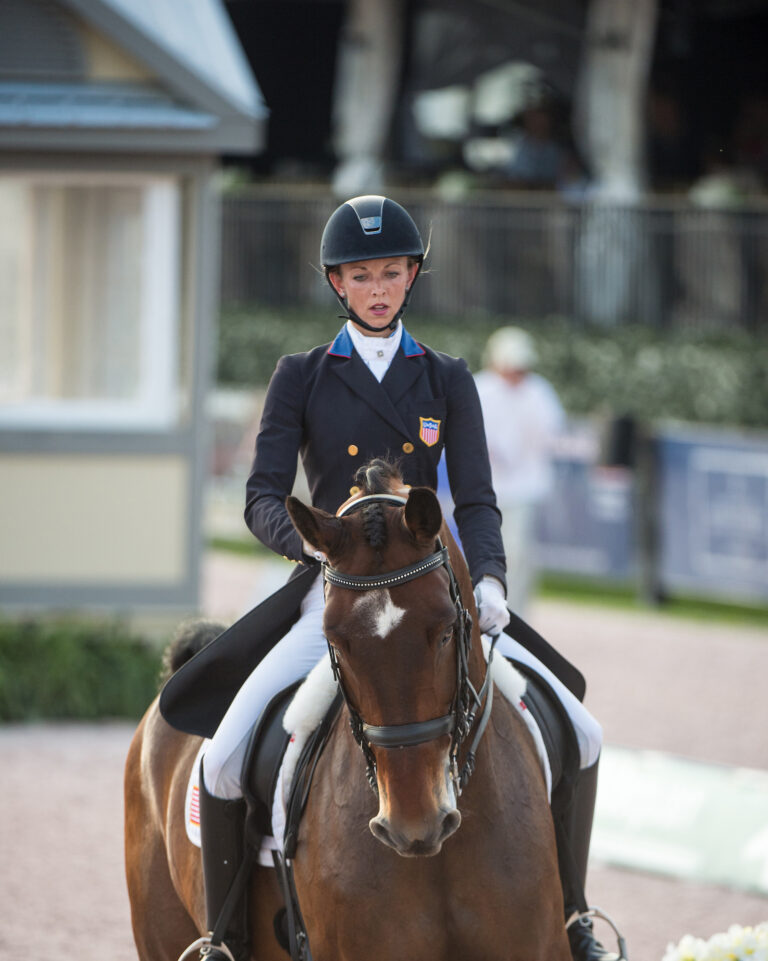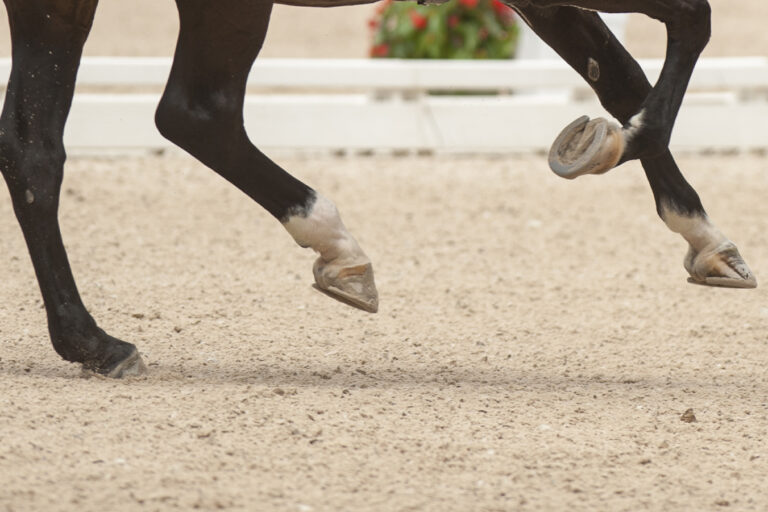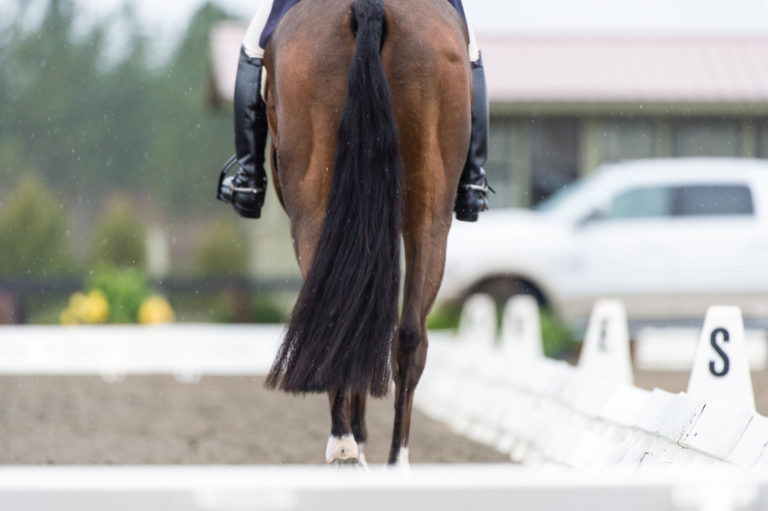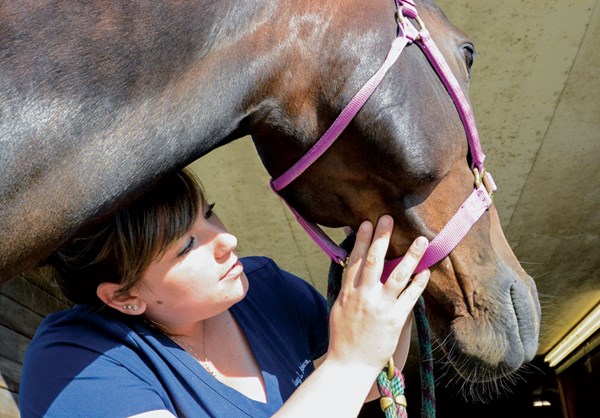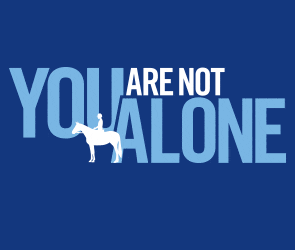Q: Out of excitement, my mare sometimes offers passage steps when I’m out on the trails. I’m thrilled about it. Unfortunately, she doesn’t offer it in the dressage arena. Is there a way I can tell if she’s ready for this work in the arena and, if so, how can I use her trail-riding passage steps to teach her the passage indoors? —Name withheld by request
A: Having a horse offer passage out on a hack can be a great thing. Mostly they do this because of natural positive tension—the total desire to go—meaning not from fear but because the horse wants to go forward, and the rider half halts and says, “Stay here under my seat.” This causes the horse to bounce up off the ground rather than go forward over the ground.
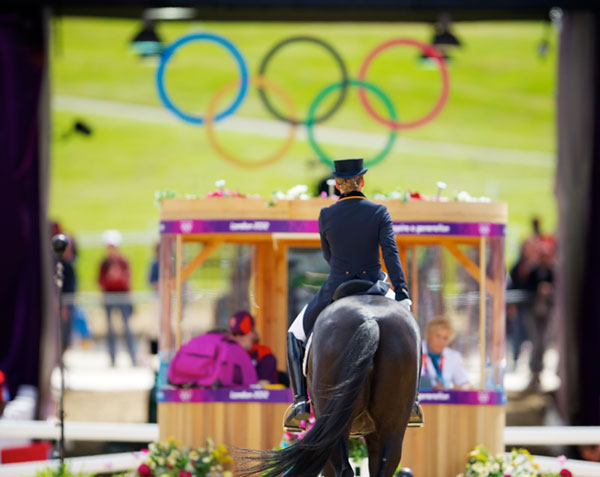
I tell riders a passage should feel like you’re sitting on a bouncing ball or on a trampoline, “boinging” along. Later, on a finished Grand Prix horse, the rider needs to be able to bounce the horse up and swing forward in a big over-the-ground passage, then make the passage a bit smaller to come smoothly into a sitting, active, carrying piaffe that’s trotting through the body. Then horse and rider travel forward into a small bouncing passage and finally come out into the bigger traveling passage. It’s this adjustability in the horse that makes the transitions easier and smooth. Imagine a basketball player bringing the ball down the court and then dribbling it a bit before making the basket.
When you are out in the fields or on a hack and your horse offers a passage, think upward half halts to help lift his shoulders while your lower legs lift his belly in the rhythm of the trot. Use brief upward rein aids from an independent hand—not back toward your body but upward toward the horse’s mid-neck without your hands bouncing up and down. Your hands need to stay in line with your elbows and the bit (draw an imaginary straight line between bit, hands and elbows). One easily half halts back toward one’s body—an error you must stay away from since that kind of half halt can stop or slow down the horse’s hind legs.
To lift your horse’s belly with your lower legs, they go from a passive mode into an upward squeeze, then passive again. Give these leg aids in the rhythm of the trot you are trying to achieve. I always think, “Lift up, drop down a hanging leg,” then repeat.
Many horses need to learn piaffe-type half steps before learning passage because they can passage with their hind legs out behind rather than under their body. It’s quite difficult to transition into a piaffe from this kind of passage.
Another thing you need to remember is that passage takes much more energy from the horse than collected trot because it has more thrust. Even though the passage covers less ground, it’s more up off the ground. Think of it as increasing impulsion rather than subtracting it. This, I think, is one of the biggest problems riders encounter—to accidentally subtract energy when they need to add it. Making sure your half halts are not backward toward your body but upward is key. Even though the tempo in the passage is slower, there will be more power.

Chris Hickey has trained horses through Grand Prix. He was short-listed for the Olympics and was the winner of the individual and team gold in the 2007 Pan American Games. He holds titles for Young Horse Championships, Developing Prix St. Georges Championships and The Festival of Champions National Championships. He is based in Wellington, Florida, and Edgemoor, South Carolina.


